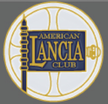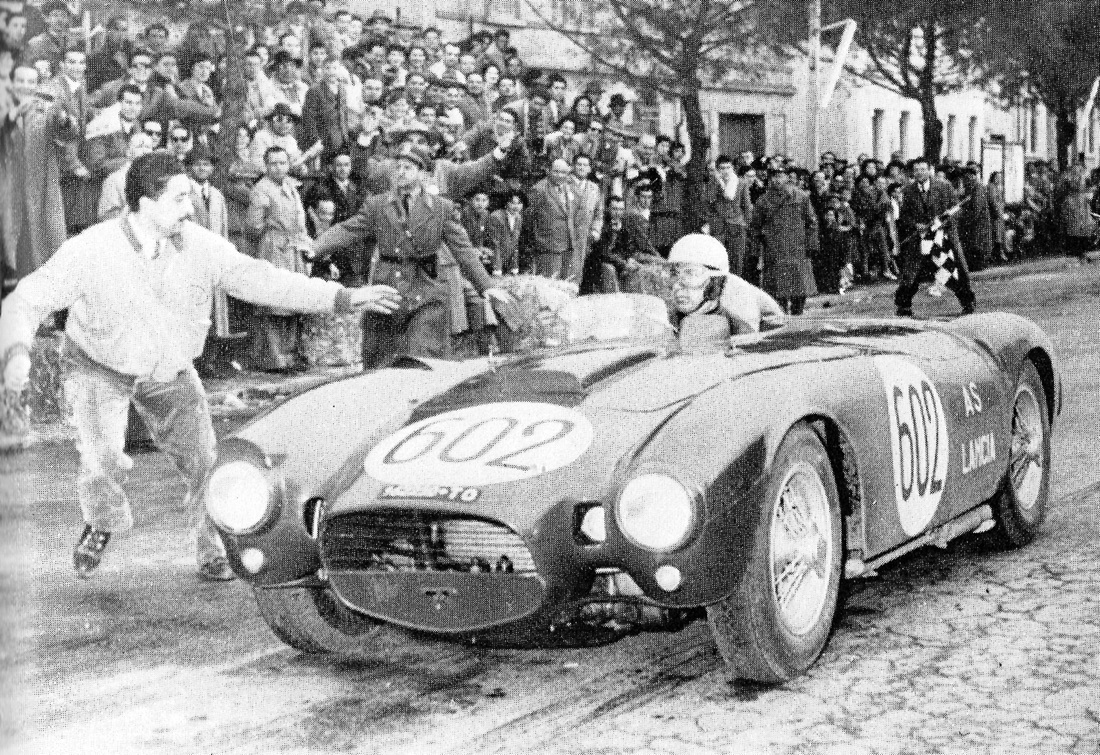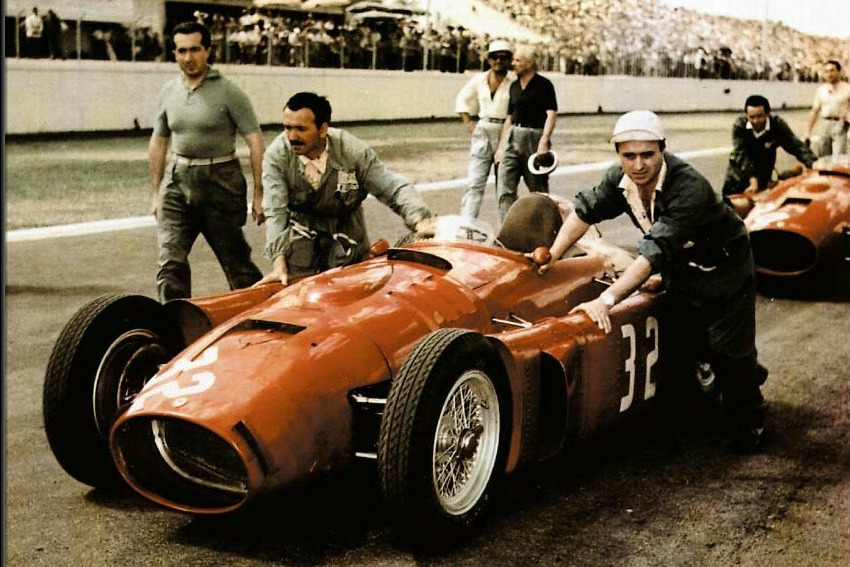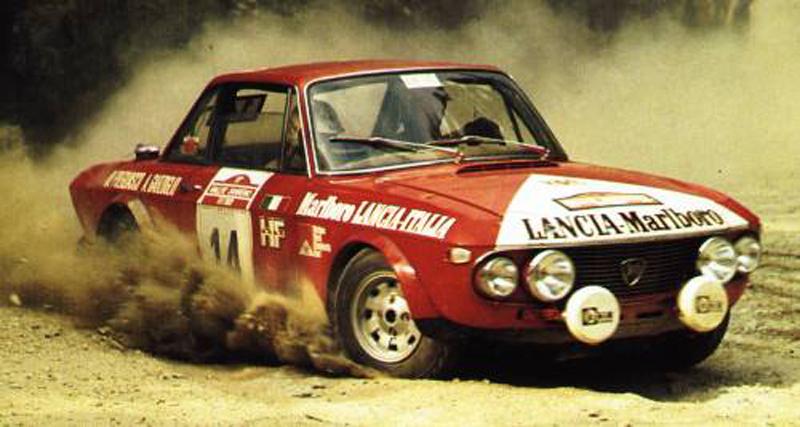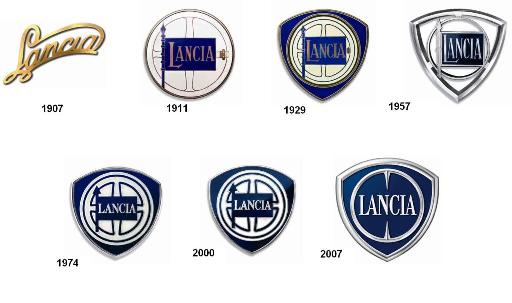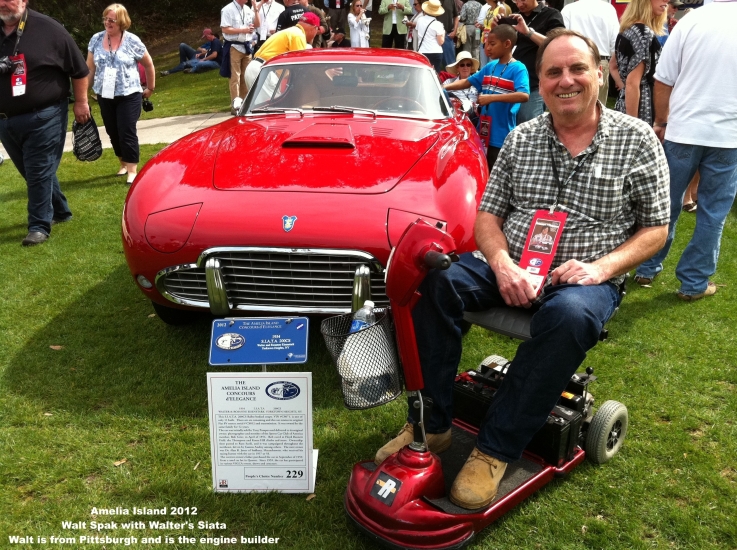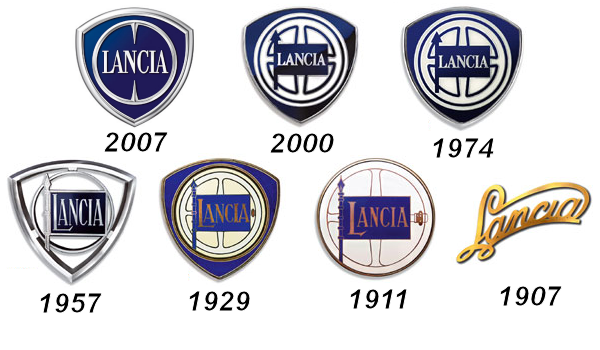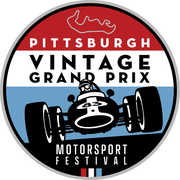Lancia Automobiles
Fun Fact: A Lancia Lambda model 221, just one of those three that Vincenzo Lancia introduced at the start of the Mille Miglia in 1928, which showed up on May 18 2014 to win the Mille Miglia.
history of lancia
Lancia is an Italian automobile manufacturer founded in 1906 by Vincenzo Lancia as Lancia & C.. It became part of the Fiat Group in 1969; the current company, Lancia Automobiles S.p.A., was established in 2007. The company has a strong rally heritage and is noted for using letters of the Greek alphabet for its model names.In January 2014, Fiat CEO Sergio Marchionne foreshadowed that Lancia cars would no longer be sold outside of Italy.
Foundation and early years
Lancia & C. Fabbrica Automobili was founded on 29 November 1906 in Turin by Fiat racing drivers, Vincenzo Lancia and his friend, Claudio Fogolin. The first car manufactured by Lancia was the "Tipo 51" or "12 HP" (later called "Alfa"), which remained in production between from 1907 to 1908. It had a small four-cylinder engine with a power output of 28 hp.
In 1910 Lancia components were exported to the United States where they were assembled and sold as SGV's by the SGV Company. In 1915, Lancia also manufactured its first truck, the Jota that continued as a dedicated series. In 1937, Vincenzo died of a heart attack and both his wife, Adele Miglietti Lancia, and his son, Gianni Lancia, took over control of the company. They persuaded Vittorio Jano to join as an engineer. Jano had already made a name for himself by designing various Alfa Romeo models, including some of its most successful race cars ever such as the 6C, P2 and P3.
Lancia & C. Fabbrica Automobili was founded on 29 November 1906 in Turin by Fiat racing drivers, Vincenzo Lancia and his friend, Claudio Fogolin. The first car manufactured by Lancia was the "Tipo 51" or "12 HP" (later called "Alfa"), which remained in production between from 1907 to 1908. It had a small four-cylinder engine with a power output of 28 hp.
In 1910 Lancia components were exported to the United States where they were assembled and sold as SGV's by the SGV Company. In 1915, Lancia also manufactured its first truck, the Jota that continued as a dedicated series. In 1937, Vincenzo died of a heart attack and both his wife, Adele Miglietti Lancia, and his son, Gianni Lancia, took over control of the company. They persuaded Vittorio Jano to join as an engineer. Jano had already made a name for himself by designing various Alfa Romeo models, including some of its most successful race cars ever such as the 6C, P2 and P3.
|
Lancia is renowned in the automotive world for introducing cars with numerous innovations. These include the Theta of 1913, which was the first European production car to feature a complete electrical system as standard equipment. Lancia's first car adopting a monocoque chassis – the Lambda produced from 1922 to 1931 - featured 'Sliding Pillar' independent front suspension that incorporated the spring and hydraulic damper into a single unit (a feature that would be employed in subsequent Lancia's, up to the Appia that was replaced in 1963).
1948 saw the first 5 speed gearbox to be fitted to a production car (Series 3 Ardea). Lancia premiered the first full-production V6 engine, in the 1950 Aurelia, after earlier industry-leading experiments with V8 and V12 engine configurations. It was also the first manufacturer to produce a V4 engine. Other innovations involved the use of independent suspension in production cars (in an era where live axles where common practice for both the front and rear axles of a car) and rear transaxles, which were first fitted to the Aurelia and Flaminia range. This drive for innovation, constant quest for excellence, fixation of quality, complex construction processes and antiqued production machinery meant that all cars essentially had to be hand-made. With little commonality between the various models, the cost of production continued to increase extensively, while demand did not eventually affecting Lancia's viability. |
Gianni Lancia, a graduate engineer was president of Lancia from 1947 to 1955. In 1956 the Pesenti family took over control of Lancia with Carlo Pesenti in charge.
Racing Icons
|
Formula One
After Vincenzo Lancia's son Gianni became director of the firm, it started to take part more frequently in motorsport, eventually deciding to build a Grand Prix car. Vittorio Jano was the new designer for Lancia and his Lancia D50 was entered into the 1954 Spanish Grand Prix, where Alberto Ascari took the pole position and drove the fastest lap. In the 1955 Monaco Grand Prix Ascari crashed into the harbour after missing a chicane. One week later Ascari was killed in an accident driving a Ferrari sports car at Monza. With Ascari's death and Lancia's financial problems the company withdrew from Grand Prix racing. Altogether Lancia took two victories and ten podiums in Formula One. Remnants of the Lancia team were transferred to Scuderia Ferrari, where Juan Manuel Fangio won the 1956 championship with a Lancia-Ferrari car. |
Rallying
Lancia has been very successful in motorsport over the years, and mostly in the arena of rallying. Prior to the forming of the World Rally Championship, Lancia took the final International Championship for Manufacturers title with the Fulvia in 1972. In the WRC, they remain the most statistically successful marque (despite having withdrawn at the end of the 1993 season), winning constructors' titles with the Stratos (1974, 1975 and 1976), the 037 (1983) and the Delta (six consecutive wins from 1987 to 1992). The Delta is also the most successful individual model designation ever to compete in rallying. All this gave Lancia a total of 11 Championships over the years. Juha Kankkunen and Miki Biasion both won two drivers' titles with the Delta. Among other drivers to take several World Rally Championship wins with Lancia were Markku Alén, Didier Auriol, Sandro Munari, Bernard Darniche, Walter Röhrl, Björn Waldegård and Henri Toivonen. |
|
1969 to present
Fiat launched a take-over bid in October 1969 which was accepted by Lancia as the company was losing significant sums of money, with losses in 1969 being £20m. This was not the end of the distinctive Lancia marque, and new models in the 1970s such as the Stratos, Gamma and Beta served to prove that Fiat wished to preserve the image of the brand it had acquired. During the 1970s and 1980s, Lancia had great success in rallying, winning many World Rally Championships. During the 1980s, the company cooperated with Saab Automobile, with the Lancia Delta being sold as the Saab 600 in Sweden. The 1985 Lancia Thema also shared a platform with the Saab 9000, Fiat Cromaand the Alfa Romeo 164. During the 1990s, all models were closely related to other Fiat models. Starting from 1 February 2007, Fiat's automotive operations were reorganised. Fiat Auto became Fiat Group Automobiles S.p.A., Fiat S.p.A.'s branch handling mainstream automotive production. Simultaneously the current company, Lancia Automobiles S.p.A., was created from the pre-existing brand, and controlled 100% by FGA. In 2011, Lancia moved in a new direction and added new models manufactured by Chrysler and sold under the Lancia badge in many European markets. Conversely, Lancia built models began to be sold in right-hand drive markets under the Chrysler badge. In 2015 Lancia's parent company Fiat Group Automobiles S.p.A. became FCA Italy S.p.A., reflecting the earlier incorporation of Fiat S.p.A. into Fiat Chrysler Automobiles. |
|
Lancia Logo
The original Lancia logo was designed by Count Carlo Biscaretti di Ruffia. The logo shows a lance and shield with flag. The Turin automobile museum is named after him as Museo Nazionale dell'Automobile “Carlo Biscaretti di Ruffia”. The logo was redesigned in 2007.
|
Lancia was not closely associated with any other manufacturer until the late 1960s. By this time, the company's expensive, high standards of production had become unsustainable.
In aiming to produce a product of the highest quality, company bosses had sacrificed cost-effectiveness and when Fiat launched a take-over bid in 1969, they accepted. This was not the end of the distinctive Lancia brand, and new models in the 1970s such as the Stratos, Gamma and Beta served to prove that Fiat wished to preserve the image of the brand it had acquired. During the 1980s, the company cooperated with Saab Automobile, with the Lancia Delta being sold as the Saab 600 in Sweden. The 1985 Lancia Thema also shared a platform with the Saab 9000, Fiat Croma and the Alfa Romeo 164. |
After Vincenzo Lancia's son Gianni became director of the firm, it started to take part more frequently in motorsport, eventually deciding to build a Grand Prix car. Vittorio Jano was the new designer for Lancia and his Lancia D50 was entered into the 1954 Spanish Grand Prix, where Alberto Ascari took the pole position and drove the fastest lap. In the 1955 Monaco Grand Prix Ascari crashed into the harbour after missing a chicane. One week later Ascari was killed in an accident driving a Ferrari sports car at Monza. With Ascari's death and Lancia's financial problems the company withdrew from Grand Prix racing. Altogether Lancia took two victories and ten podiums in Formula One.
Remnants of the Lancia team were transferred to Scuderia Ferrari,where Juan Manuel Fangio won the 1956 championship with a Lancia-Ferrari car.
Remnants of the Lancia team were transferred to Scuderia Ferrari,where Juan Manuel Fangio won the 1956 championship with a Lancia-Ferrari car.
Walt Spak 1948 -2013
When the first group of guys came up to the hill in 2008 and we talked about starting an Italian Car Show at the Pittsburgh Vintage Grand Prix, Walt Spak was one of the only people there who didn't think I was crazy. Walt encouraged the creation of the Cortile. Without him, we would not have the show that we have today. Walt was instrumental in bringing many Lancia's to the very first Cortile in 2009. The stellar Siata that won the Cortile Cup in 2012 would not have even made it to the Show without the encouragement of Walt. It came as a surprise to all of us at the Cortile when he suddenly passed away in June 2013. His personality and his knowledge was larger than life. We will miss him for many many years to come. ~ Bernard Martin, Managing Directorre, Cortile
|
Please take a few minutes and read some of the blogs we have shared from others who truly appreciated our good friend Walt. Just click the titles to reach them...
Walt Spak: Farewell & PartingAmerican Lancia honor:
|
Lancia Logo
Last update: July 3 2015


